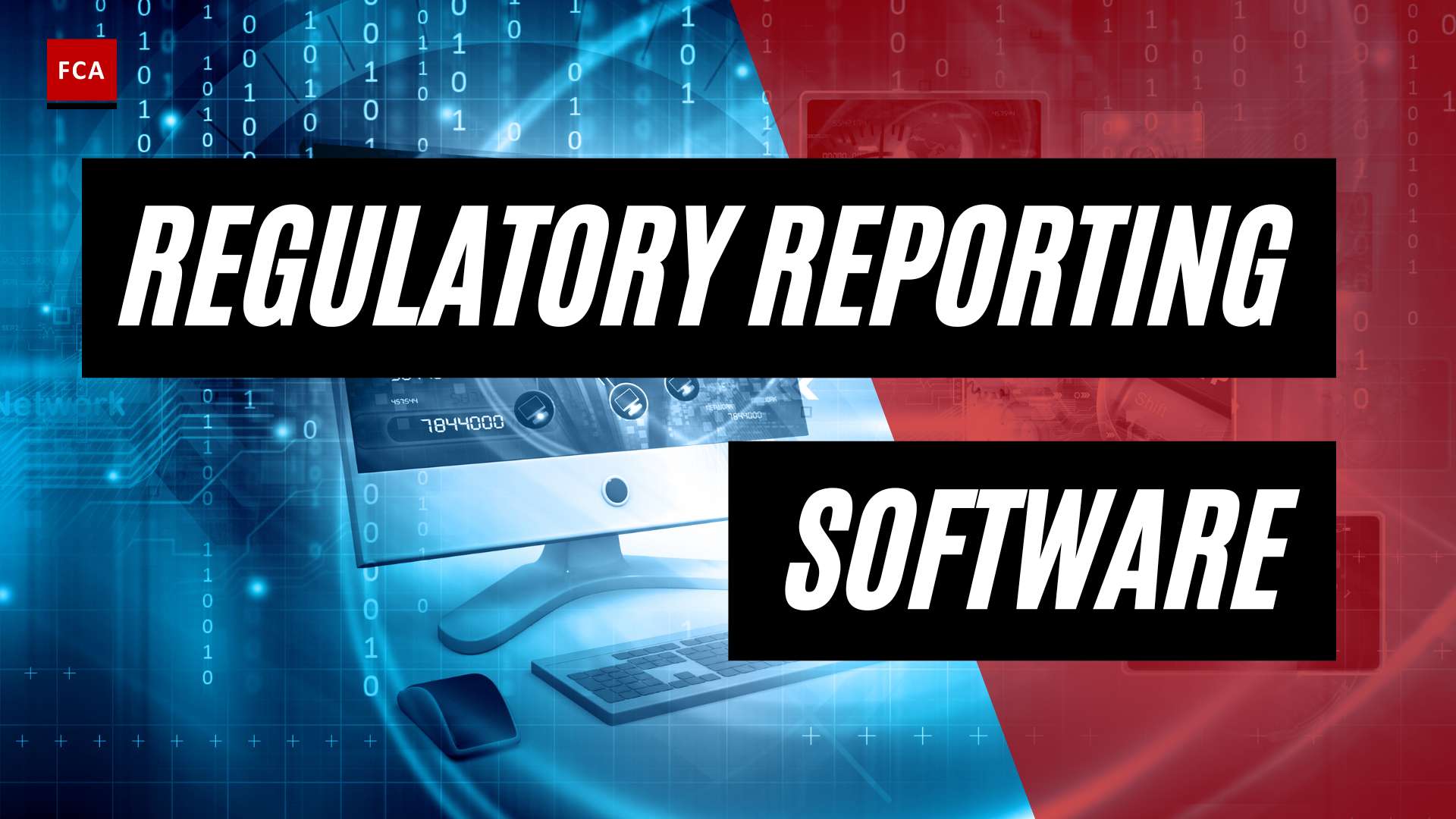Understanding AML Transaction Monitoring
Understanding the essentials of Anti-Money Laundering (AML) transaction monitoring is crucial for professionals working in the financial and regulatory sectors. This robust system plays a significant role in detecting and preventing various financial crimes, including money laundering, terrorist financing, and fraud.
Basics of AML Transaction Monitoring
At its core, AML transaction monitoring involves the use of advanced technologies such as artificial intelligence (AI), machine learning, and big data analytics. These technologies enable real-time analysis of large volumes of transactional data to identify suspicious activities and patterns (Tookitaki).
Advanced machine learning models analyze patterns and flag potentially suspicious transactions, enabling better detection of financial crimes. Moreover, AML transaction monitoring goes beyond simple rule-based systems by utilizing fuzzy logic and machine learning, allowing for more accurate and efficient detection of suspicious activities in financial transactions.
Significance of AML Transaction Monitoring
AML transaction monitoring is a crucial aspect of a robust AML program, gaining increased importance in the financial industry due to regulatory requirements, the rise in financial crimes, and the need for banks to maintain compliance with relevant laws, regulations, and guidelines.
The Financial Action Task Force (FATF) estimates that over $1.6 trillion is laundered globally each year, highlighting the critical role of effective AML transaction monitoring systems in combating money laundering activities.
The adoption of automated AML transaction monitoring systems has become necessary for financial institutions to enhance their monitoring capabilities, reduce false positives, and improve the overall efficiency of their AML programs.
Effective AML transaction monitoring systems are essential for financial institutions to comply with regulatory requirements, mitigate operational and reputational risks, and protect themselves from potential financial penalties and legal actions.
For a comprehensive understanding of AML, refer to our articles on what is aml, aml compliance, aml training, aml regulations, aml policy, aml definition, aml red flags, aml process, aml investigation.
Role of AI and Machine Learning
Artificial Intelligence (AI) and Machine Learning (ML) technologies are revolutionizing the field of Anti-Money Laundering (AML), particularly in transaction monitoring. These advanced technologies enhance detection capabilities and reduce false positives, making them indispensable in the modern financial landscape.
Enhancing Detection Capabilities
Traditional AML transaction monitoring systems often rely on simple, rule-based systems. However, these can be deceived by sophisticated criminals operating within predefined thresholds. To counter these challenges, the industry is increasingly adopting AI and machine learning technologies. These advanced technologies enable the detection of complex, non-linear patterns that may signify potential money laundering activities, thereby improving the overall effectiveness of anti-money laundering efforts (Tookitaki).
Advanced machine learning models analyze patterns and flag suspicious transactions, enabling better detection of financial crimes. Furthermore, by incorporating advanced analytics, AML transaction monitoring systems can analyze large volumes of transactional data in real-time. This enables the timely identification of suspicious behavior and facilitates prompt action to mitigate risks.
Reducing False Positives
Traditional AML transaction monitoring systems often generate a high number of false alerts, with false positives reaching as high as 90%. This leads to inefficiencies and wasted resources. The use of AI and machine learning in AML transaction monitoring helps financial institutions reduce false positives, enhance detection capabilities, and adapt to evolving money laundering techniques, providing a more robust defense against financial crimes.
Mitigating false positives through advanced analytics, machine learning algorithms, and refined detection models is crucial for improving the accuracy and efficiency of AML Transaction Monitoring processes. By reducing the occurrence of false positives, AI and ML can streamline the compliance process for financial institutions, allowing them to focus their resources on genuine threats.
These advancements underscore the potential of AI and machine learning in transforming AML transaction monitoring. By leveraging these technologies, financial institutions can stay ahead of evolving financial criminal activities and enhance the effectiveness of their compliance efforts. For more information on AML and its various aspects, please visit our articles on what is aml, aml compliance, and aml regulations.
Implementing AML Transaction Monitoring
Setting up an effective Anti-Money Laundering (AML) transaction monitoring system is crucial for financial institutions to prevent illegal activities. Let’s delve into the key steps of this process, including the setting up of alert thresholds and regular assessment of effectiveness.
Setting Up Alert Thresholds
Implementing AML transaction monitoring typically involves setting up alert thresholds based on various risk factors. This helps in monitoring customer transactions and investigating and resolving alerts triggered by potentially suspicious activities. Transaction monitoring can be conducted in real-time or as a batch process, where transactions are analyzed either as they occur or at the end of the day (Napier).
An effective AML transaction monitoring process involves conducting a risk assessment to identify different financial transaction types subject to money laundering, defining suspicious behaviors to alert the team, and establishing monitoring rules and alerts based on the risk assessment.
Moreover, AML transaction monitoring includes screening across 100+ global sanction and warning lists, 5000+ PEP lists, and automating negative news checks across 400+ million articles. This allows for comprehensive compliance checks.
Regular Assessment of Effectiveness
After implementing the AML transaction monitoring system, the next step is to conduct regular assessments of its effectiveness and efficiency (Tookitaki). This is critical to ensure that it adapts to evolving money laundering threats and remains compliant with changing regulations. The system also allows for the automation and customization of media checks, facilitating efficient compliance and fraud prevention while building trust at every user touchpoint (Persona).
A comprehensive AML transaction monitoring system should aim for an end-to-end approach that seamlessly links client screening, transaction screening, and transaction monitoring to provide a single customer view across the entire customer lifecycle. Such an approach helps organizations in implementing a fully connected compliance infrastructure to meet money laundering regulatory requirements.
Remember, maintaining the AML monitoring system by regular reviews and updates is a key element to enhance compliance and protect against money laundering activities. For more guidance, visit our section on AML training.
By effectively setting up alert thresholds and regularly assessing the system’s effectiveness, financial institutions can stay ahead in the fight against money laundering and ensure AML compliance with relevant AML regulations.
Challenges in Transaction Monitoring
Despite the significance of Anti-Money Laundering (AML) transaction monitoring, compliance professionals often face several challenges in implementing and maintaining effective transaction monitoring systems. These primarily include mitigating false positives and evading static rule-based systems.
Mitigating False Positives
Traditional transaction monitoring systems can generate a high number of false alerts, with false positives reaching as high as 90%. False positives are transactions flagged as suspicious but turn out to be legitimate upon further investigation. The high rate of false positives leads to inefficiencies, wasted resources, and higher operational costs. In fact, a study by the Association of Certified Financial Crime Specialists (ACFCS) found that 21% of financial institutions in the U.S. reported an increase in false positives due to inadequate AML transaction monitoring systems.
Mitigating false positives is crucial for improving the accuracy and efficiency of transaction monitoring processes. This can be achieved through advanced analytics, machine learning algorithms, and refined detection models. Additionally, the implementation of artificial intelligence (AI) and machine learning technologies has shown promise in enhancing detection capabilities, reducing false positives, and improving overall operational efficiency in compliance processes.
Evading Static Rule-Based Systems
Static, rule-based transaction monitoring systems pose another challenge. These systems, while easily monitored and audited, can be deceived by sophisticated criminals operating within predefined thresholds. Criminals constantly change tactics, and these static systems may not be effective in detecting complex and evolving illicit activities.
To overcome this challenge, adopting advanced technologies such as AI and machine learning is essential. These technologies can identify suspicious behavior and patterns that may not be captured by traditional rules, reducing the risk of criminal operations going undetected.
Addressing these challenges is crucial to ensure effective AML transaction monitoring. By mitigating false positives and evading static rule-based systems, financial institutions can improve their compliance processes, reduce operational costs, and stay one step ahead of criminals. For more insights on AML, you might want to check out our articles on AML definition, AML policy, and AML regulations.
Regulatory Requirements in AML Monitoring
Adherence to regulatory requirements is a crucial aspect in Anti-Money Laundering (AML) measures, especially when it comes to AML transaction monitoring. With the rise of financial crimes and increased scrutiny from regulatory bodies, compliance with AML laws is more critical than ever.
Complying with AML Laws
AML transaction monitoring is a mandatory requirement for financial institutions around the world, including crypto exchanges, banks, and online marketplaces. This is in order to prevent money laundering and financial crimes. The USA Patriot Act of 2001 played a significant role in defining and enforcing AML transaction monitoring regulations, emphasizing the importance of identifying suspicious transactions and adhering to AML laws.
In order to maintain compliance, financial institutions must implement an effective AML program that includes robust transaction monitoring mechanisms. Such mechanisms are vital in the detection and prevention of various financial crimes, including money laundering, terrorist financing, and fraud.
To ensure compliance, many institutions are adopting automated AML transaction monitoring systems. These systems improve monitoring capabilities, reduce false positives, and enhance the overall efficiency of their AML programs.
Consequences of Non-Compliance
Non-compliance with AML laws can result in severe consequences, including heavy fines and reputational damage. Regulatory bodies like the Financial Industry Regulatory Authority (FINRA) have levied substantial fines for AML compliance violations, such as a $37.5 million fine in 2017.
These penalties underscore the importance of robust AML transaction monitoring systems and the need for maintaining regulatory compliance. It is therefore crucial for financial institutions to regularly review and update their AML policies, conduct thorough AML training, and remain vigilant in identifying AML red flags.
By understanding and adhering to the regulatory requirements in AML monitoring, financial institutions can better prevent and detect illicit activities, thereby protecting their operations and maintaining trust in the global financial system.
Advancements in AML Monitoring Technology
As the financial landscape evolves, so too does the technology used in anti-money laundering (AML) efforts. Today, advanced analytics and machine learning are playing pivotal roles in enhancing AML transaction monitoring systems. These advancements not only improve detection capabilities but also ensure the integrity of data used in the monitoring process.
Leveraging Advanced Analytics
One of the significant advancements in AML transaction monitoring is the incorporation of advanced analytics and machine learning technologies. These technologies enable the analysis of large volumes of transactional data in real time, facilitating the timely identification of suspicious behavior and prompt action to mitigate risks (Tookitaki).
Machine learning algorithms, in particular, improve the overall effectiveness of AML efforts by enabling the detection of complex, non-linear patterns that may signify potential money laundering activities. The use of AI and machine learning not only enhances detection capabilities but also helps financial institutions reduce false positives and adapt to evolving money laundering techniques, offering a more robust defense against financial crimes.
Importance of Data Integrity
While advanced analytics and AI enhance detection capabilities, the integrity of the data used in these processes is equally crucial. Inaccurate or incomplete data can lead to erroneous results, including false positives or negatives, ultimately compromising the effectiveness of the AML transaction monitoring system.
Financial institutions need to ensure the accuracy, completeness, and timeliness of the data used in their AML transaction monitoring systems. This involves implementing robust data validation and cleaning processes, as well as regularly reviewing and updating the data used in these systems.
In conclusion, advancements in AML monitoring technology, particularly in the realm of advanced analytics and AI, are revolutionizing the way financial institutions approach AML transaction monitoring. By leveraging these technologies and ensuring data integrity, institutions can enhance their AML efforts, comply with AML regulations, and effectively combat financial crime. For more information on AML transaction monitoring, check out our articles on what is aml, aml compliance, and aml training.
Maintaining AML Monitoring Systems
The maintenance of Anti-Money Laundering (AML) transaction monitoring systems is a critical aspect of ensuring that these systems continue to operate effectively over time. This involves conducting regular reviews and updates and providing training to identify suspicious activities.
Regular Reviews and Updates
Conducting regular assessments of an AML transaction monitoring system’s effectiveness and efficiency is critical to ensure that it adapts to evolving money laundering threats and remains compliant with changing regulations.
A comprehensive AML transaction monitoring system should aim for an end-to-end approach that seamlessly links client screening, transaction screening, and transaction monitoring to provide a single customer view across the entire customer lifecycle. Such an approach helps organizations in implementing a fully connected compliance infrastructure to meet money laundering regulatory requirements, which may extend to additional best practice activities based on the organization’s compliance maturity.
Training for Identifying Suspicious Activities
AML transaction monitoring systems face challenges from an increasing volume of transactions, diverse data sources, evolving regulations, and the rise of digital transactions. These factors highlight the need for advanced technological solutions and smart AML systems to effectively monitor and flag suspicious activities.
Continuous AML training is necessary to ensure that those tasked with monitoring transactions are equipped with the ability to identify potential red flags. This includes understanding the typical patterns of money laundering, recognizing signs of illegal activities such as terrorist financing and fraud, and being aware of the regulatory requirements related to AML.
In this rapidly evolving field, the use of artificial intelligence (AI) and machine learning technologies in AML transaction monitoring systems has shown promise in enhancing detection capabilities, reducing false positives, and improving overall operational efficiency in compliance processes. Proper training on these advanced tools is essential to maximize their benefits.
Maintaining AML monitoring systems is an ongoing process. As such, it requires a proactive approach, regular updates, and continuous training. Following these practices helps organizations stay ahead of the game in terms of AML compliance and risk management. For more information on AML, check out our articles on what is AML, AML policy, and the AML process.









